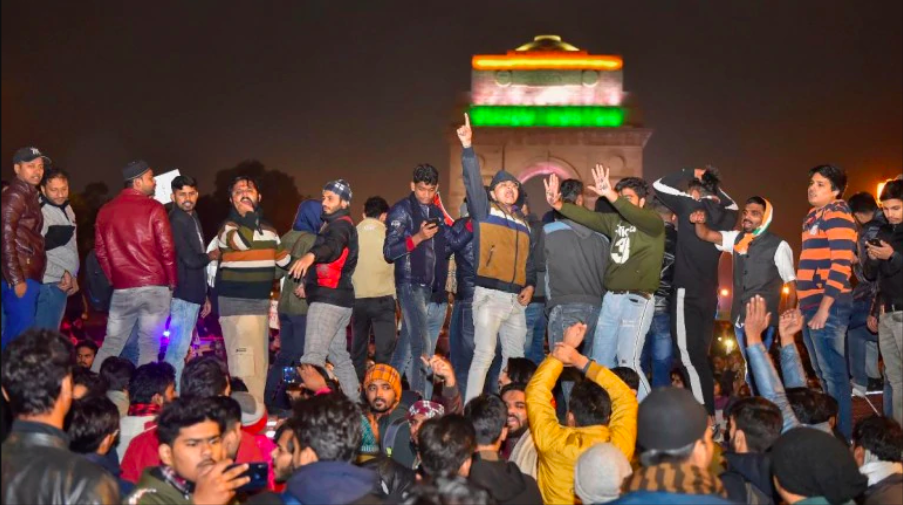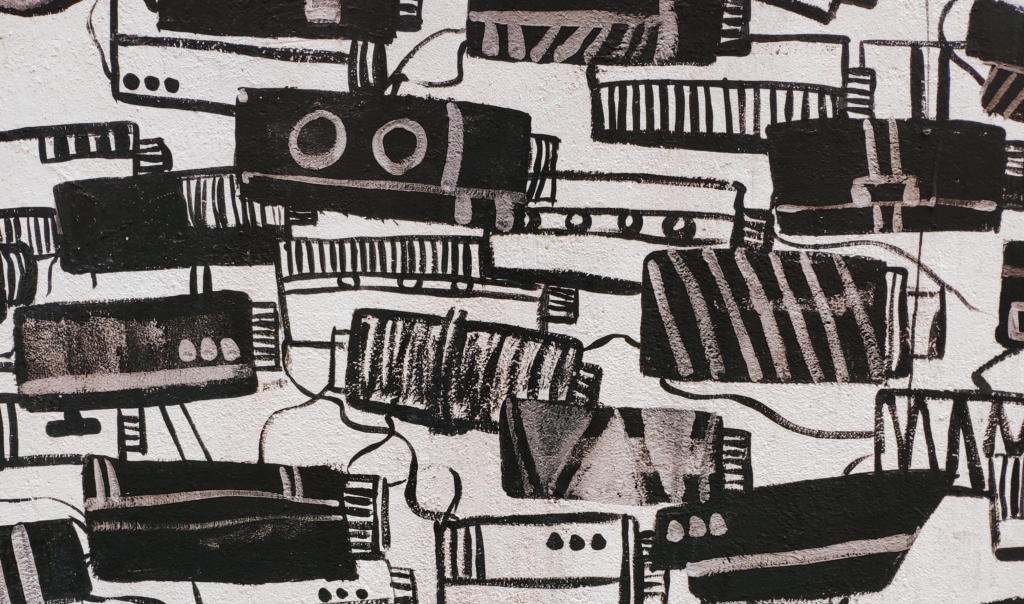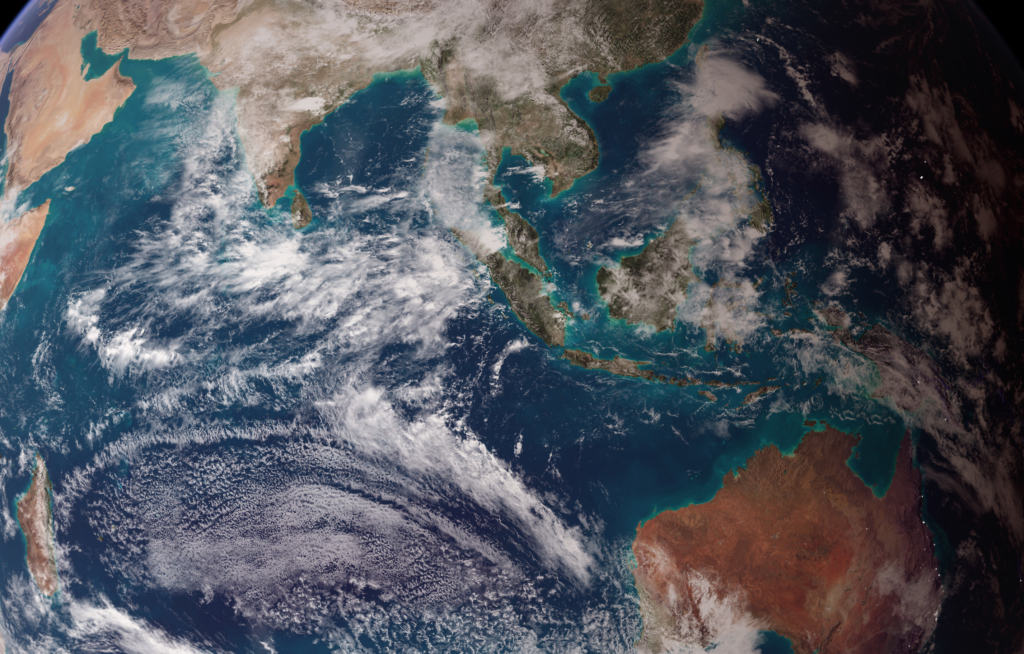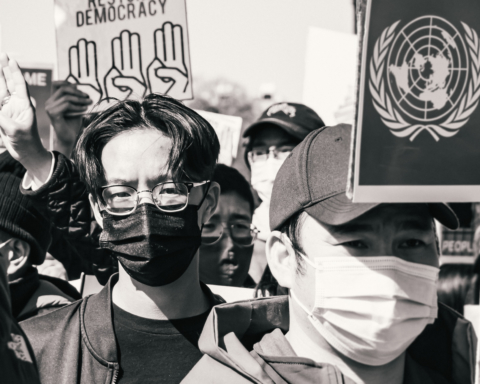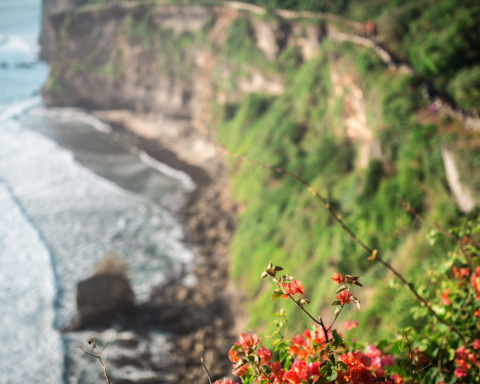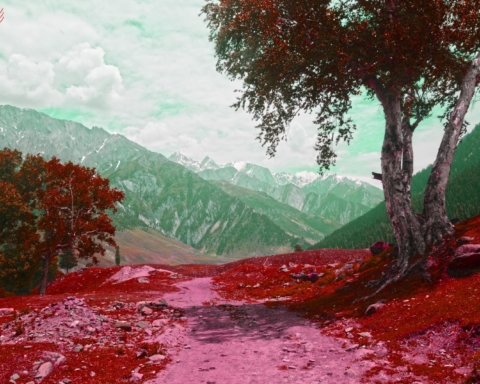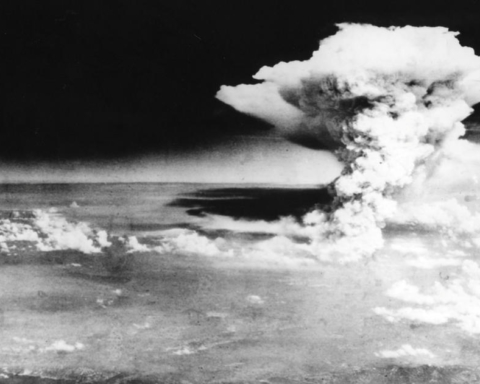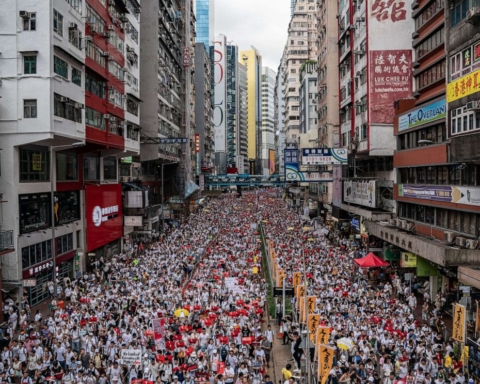After the students of Jamia Millia Islamia University
They broke students’ bones at different angles, said it was sculptural,
the way blood fell down her face, beetroot
red. Compared her to a disciple, worshipping
the feet of an impossible ideal. Her skin was lax and golden.
Things were unhinged, we spiraled.
My friends fell in love with the wrong people,
I acquired allergies to mold and milk.
My mother called me with unrelenting affection in her voice,
then quickly disappeared. We did not speak of Kashmir.
Mostly, strangers told me they were sorry.
Those days the organizing logic of life dismembered itself, until we embarked
into the belly of chaos, and called it the future:
Young men were made into martyrs and no one remembered their names,
blue flames licking at the edges of a mother’s final photograph. Some said
it was only a matter of time before the end. But what use would it be,
to listen? We were too young. We had to find a way to live.
We let our love songs become dirges and then cries for victory,
the only Hindi phrase my aunt taught me was a demand for change:
Inquilab zindabad, she said.
We need them to know we speak their language
But find the words too crass for our poetic tongues.
There was something architectural at work in the spires of the universe,
enough young people came out to the streets that every photo seemed
a renaissance painting, so much were the details
of sorrow and frustration, they would have overwhelmed
those early canvasses with oil.
________
Ananya Kumar-Banerjee is a queer desi woman from New York City. Mostly, her writing is concerned with love, liberation, and certainty, ideas which she sees as central to protests happening today against the Citizenship (Amendment) Bill in India.
________

